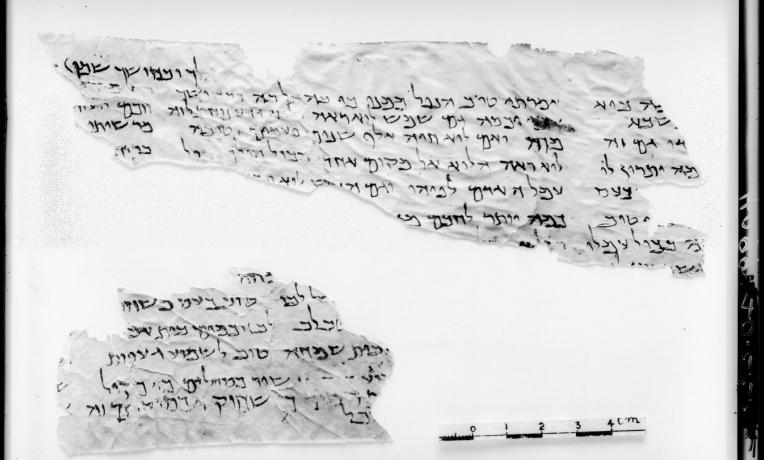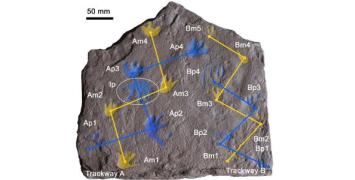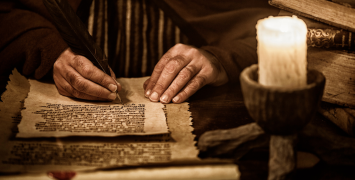Unlocking the timecode of the Dead Sea Scrolls

An international research team led by the University of Groningen has developed a new method to date individual Dead Sea scrolls more precisely by combining radiocarbon analysis with artificial intelligence-based handwriting analysis. Their findings, published in PLOS One, reveal that many scrolls are older than previously thought and shed new light on the evolution of ancient Jewish script styles.
The study introduces Enoch, a machine-learning model trained on 24 newly radiocarbon-dated scroll fragments and handwriting features extracted from digitised images. By analysing ink-trace patterns and character shapes using a neural network (BiNet), Enoch can predict manuscript dates with an uncertainty of around 30 years -more accurate than standalone radiocarbon dating in this period.
Until now, dating has largely relied on palaeography, the study of ancient handwriting, which lacks a solid empirical foundation due to the absence of securely dated reference materials. Most Dead Sea scrolls cannot be matched to documents with known dates, leaving a significant gap between the fifth–fourth centuries BCE and the first–second centuries CE.
Thanks to support from the European Research Council, researchers in the project The Hands That Wrote the Bible have now filled this gap by combining physical radiocarbon dates with machine-learning-based style analysis. This provides, for the first time, a robust and objective framework for dating over a thousand manuscripts from the Dead Sea Scrolls collection.
Initial results show that the Hasmonaean and Herodian script styles emerged earlier than previously thought and may have coexisted from the late second century BCE -revising the timeline of writing traditions in ancient Judaea. The study also provides the first material evidence that two biblical scrolls, 4QDanielc and 4QQoheleta, originate from the same periods as their presumed authors in the second and third centuries BCE.
Led by Professor and ERC grantee Mladen Popović, this work represents a major advance in manuscript studies and opens new avenues for research on literacy, religion and politics in the eastern Mediterranean during the Hellenistic and early Roman periods. The method can also be applied to other partially dated manuscript collections worldwide.
‘It is very exciting to set a significant step into solving the dating problem of the Dead Sea Scrolls and also creating a new tool that could be used to study other partially dated manuscript collections from history. This would not have been possible without the collaboration between so many different scientific disciplines, a real team effort!’ says Professor Popović.
Reference:
Mladen Popović, Maruf A. Dhali, Lambert Schomaker, Johannes van der Plicht, Kaare Lund Rasmussen, Jacopo La Nasa, Ilaria Degano, Maria Perla Colombini, Eibert Tigchelaar, Dating ancient manuscripts using radiocarbon and AI-based writing style analysis - PLOS One
Link to article
Additional information:
Material samples of the Dead Sea Scrolls for radiocarbon dating were kindly provided by the Israel Antiquities Authority (IAA). Digital images of the Dead Sea Scrolls and of the Great Isaiah Scroll were kindly provided by Brill Publishers and the IAA (the Leon Levy Dead Sea Scrolls Digital Library).




